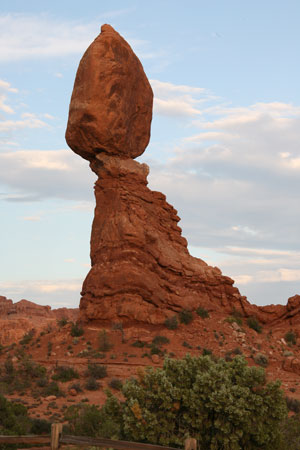|
Composition 101

What is photo composition?
- It is simply a pleasing selection and arrangement
of subjects within the picture area. Pictures with good composition are
usually more enjoyable to view.
- This can be done by arranging the subjects in a certain position or by the photographer choosing a certain camera position.
Strong Center of Interest
- That is the largest, brightest, or most favorably placed object, shape or person in the picture.
- It
is the element you see first.
Keep It Simple
- This goes along with a strong center of interest.
- It
is always best only to have one main subject.
- The
closer you get to the subject, the more likely you are to cut out any
distracting items.
Rule of Thirds
- Many times the composition of a picture can be improved by placing the center of interest away from the center of the scene.
-
What is the rule of thirds?
- Imagine
your viewfinder divided into 1/3's.
- Then you
may place your center of interest at one of the four lines that intersect.
- Many
times a scenic picture will look more natural by leaving 1/3 or even 2/3
as sky.
Know the Angles
- Walk around the subject and look for the best place or angle that will tell the story the best.
- If
the area is unsuited for some reason, move the subject if possible. If not, choose the best angle.
- Many times shooting from a low angle will provide you with sky as background. This is a good uncluttered background.
Framing
- Framing will give your picture an extra dimension.
- Framing is done simply by including something such as an overhanging branch or archway in the picture.
Use lines for Interest and Unity
- Predominant lines are often an effective way to direct attention toward the center of interest (Example: A road or picket fence).
Watch the Background
- Background can make or break a picture.
- A
plain uncomplicated background can keep your viewers attention centered on the subject while a cluttered background can call
attention away from the subject.
- Before you take your picture, take a minute and study the background.
- Is
there a telephone pole growing out of the subjects head? Is there trash in the yard?
- Remember your eye tends to center on what you are most interested in, but the camera sees and photographs everything
the lens sees.
- If
you aren’t happy with your background, move your subject, change your camera angle, move in close, etc.
Add Interest to Scenes
- When taking scenic shots, place a person or persons in the
foreground about 15 to 20 feet from the camera. This will add to the picture.
- Be
sure the people are about 15 to 20 feet from the camera. This distance will provide the proper size and scale to the picture.
- Pictures mean more when people are in them.
- Be
sure to have the people, looking at the scene and not the camera.
- If
color pictures are being taken, have the people wear bright and colorful clothing, so that they will stand out in the picture. This also
adds color and interest.
Keep Them Busy
- People in pictures that are just standing there to be photographed will usually look stiff and unnatural.
- It
is much better to have them doing something.
- Then this will add more to the photograph and the people will be relaxed.
|

